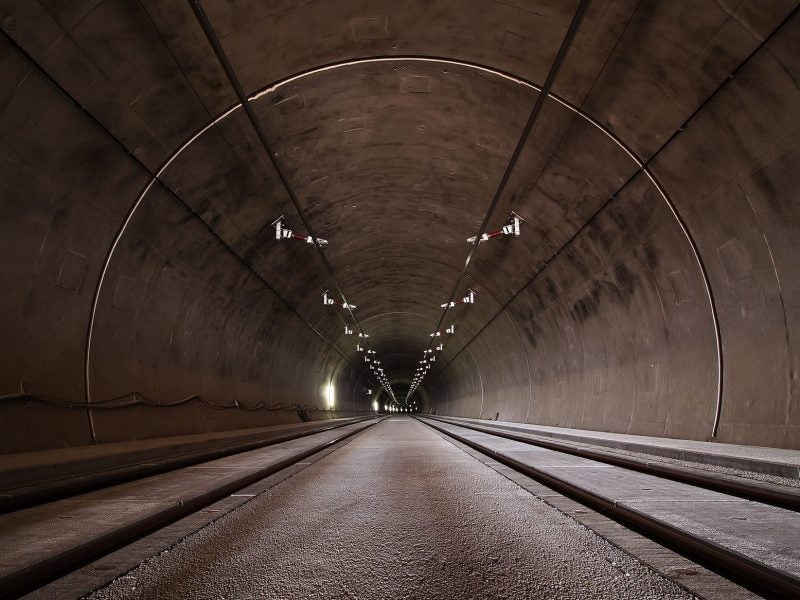
DARPA is seeking a giant tunnel for ‘underground experimentation’
The US Defence Advanced Research Projects Agency (DARPA) has filed a request for information on a large unused tunnel system it can use for underground experimentation.
In a series of tweets, the agency said: “Attention, city dwellers! We’re interested in identifying university-owned or commercially managed underground urban tunnels & facilities able to host research and experimentation.
“The ideal space would be a human-made underground environment spanning several city blocks with complex layout & multiple stories, including atriums, tunnels & stairwells. Spaces that are currently closed off from pedestrians or can be temporarily used for testing are of interest.”
DARPA tweeted the request on Wednesday with the deadline for suggestions being this Friday. The agency told Army Technology the information would be used for information and planning purposes.
According to documents DARPA is looking to research ‘state-of-the-art in innovative technologies’ that it can use to better leverage the underground domain.
How well do you really know your competitors?
Access the most comprehensive Company Profiles on the market, powered by GlobalData. Save hours of research. Gain competitive edge.

Thank you!
Your download email will arrive shortly
Not ready to buy yet? Download a free sample
We are confident about the unique quality of our Company Profiles. However, we want you to make the most beneficial decision for your business, so we offer a free sample that you can download by submitting the below form
By GlobalDataThe agency is looking to test systems that can ‘rapidly map, navigate, and search unknown complex subterranean environments to locate objects of interest’.
DARPA has not specifically said what experiments it will use the tunnels for, but they may be used to test innovations from its Subterranean (SubT) Challenge which has tasked industry with creating solutions to make entering tunnels safer for soldiers.
DARPA told Army Technology that the information would be used to help teams involved in the SubT challenge identify locations where they can test systems in advance of the ‘Urban Circuit’ event in February of 2020.
On its SubT Challenge site, DARPA says: “Complex underground settings present significant challenges for military and civilian first responders. The hazards vary drastically across domains that can degrade or change over time and are often too high-risk for personnel to enter.
“The DARPA Subterranean or SubT Challenge seeks novel approaches to rapidly map, navigate, and search underground environments during time-sensitive combat operations or disaster response scenarios.”
The requirements for the SubT Challenge are similar to the experiments described in DARPA’s request for information on potential underground testing areas.
The winner of the challenge will receive $2m in the final event, with additional prizes on offer. To win, the solution will have to traverse a circuit made up of man-made caves, mass-transit systems and naturally occurring cave networks.
The US military, throughout its history, has had trouble dealing with caves in conflicts from WWII and Vietnam to Afghanistan and Syria, with enemy combatants using them to hide troop movements and shelter from air raids.
Entering cave networks presents soldiers with a host of unknowns making missions more dangerous. New underground solutions developed as a result of DARPA’s research could help increase survivability by improving troops knowledge of the environment they are about to enter and what they can expect to come up against.



